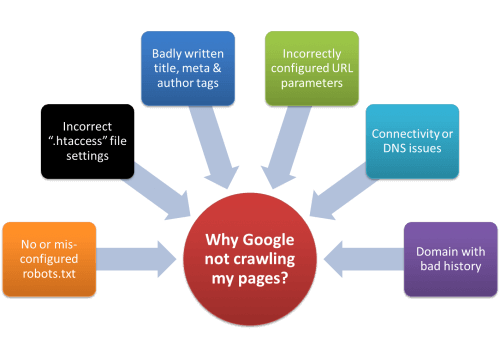Adobe Campaign provides a robust real-time error management and alerting mechanism for both campaign and technical workflows. By default, alerts are sent to designated operator groups with valid email addresses to ensure timely notifications.
The out-of-the-box email template used for these monitoring alerts can be found at:
Administration > Campaign Management > Technical delivery templates > Send an alert to workflow task assignees (alertAssignee)
This blog explores how to extend this functionality by enabling SMS-based alert delivery instead of relying solely on email. Receiving alerts via SMS can significantly improve response times—especially for technical workflows such as import/export processes where coordination with upstream or downstream systems is critical.
Note: Before proceeding with the configuration steps, ensure that an SMS connector (External Account) is already set up and functioning correctly on your Adobe Campaign instance. For more information, refer to the SMS channel Configuration documentation.
Steps to setup SMS alerts
To make this configuration working, as an administrator, one has to perform below configuration steps:
STEP 1: Duplicate existing out-of-box “alertAssignee” template
Duplicate the existing “alertAssignee” delivery template that uses Email Delivery as routing channel to create the new that would use our existing SMS rounting.

STEP 2: Change routing to pre-cofigured SMS Mobile routing account
Browse “Routing” dropdown to select the External Account for existing SMS routing. You can set the values of Execution folder as existing “Workflow Notification” folder or create a separate ones.

STEP 3: Update valid Sender Address
This is another important configuration where you should provide Sender Address. This could be the company’s mobile number or name to help recognise the SMS sender. This field is MANDATORY.

STEP 4: Associate template to workflow or alert activity
Now is the time to start playing with this template and actually use this in our workflow. We can send alert notifications using this template in two ways:
(i) Using “Alert” activity
With Alert activity, you can directly browse the delivrey template to be used to the SMS based one that we just created through “Advanced parameters” option.


(ii) Changing Error management template through Workflow properties
The alternate way to send SMS alerts at Workflow level is through Workflow Properties > Execution Tab > Error Management > Template

The key difference in two approaches while sending SMS alerts are:
- Scope: “Alert” activity will send alerts is if through workflow configuration we want to explicitly generate alerts. For example, if Import file doesnot exists or is not is correct format. We can check the existence of valid file and generate alert if not correct. On the other hand, error management based configuration will generate alerts in case of any system related error like syntax error in SQL/JS activity.
- SMS copy content: Through “Alert” activity, we can pass the custom copy of message that can be separated from each other and will be defined directly on activity level; where as in error management based configuration, the copy content is more leass follow same copy with personalization convention or copy for all deliveries.

Lastly, the SMS alerts so generated are actually Technical deliveries only; so they inherit the same properties/configuration as normally Delivery object contains. This would be you can attach Delivery codes, Personalization or even Typology rules to these SMS alerts like forbidding SMS alerts in off-hours and so on.
###


